EXPERIENCING ALASKA BY PRIVATE BOAT
By Linda Kissam “Food, Wine & Shopping Diva”
ON BIG BLEND RADIO: Linda Kissam talks about her 3-month boating adventure in Alaska. Listen here in the YouTube player or on PodBean or SoundCloud.
Once upon a time, there was a sea-loving man who longed to see Alaska by private boat. He’d been there as an officer on a large research ship as a Lt. Commander in his 20’s and on a cruise ship in his 40’s. He longed to cruise Alaska in his own boat, searching out all the sights he had seen and the ones he didn’t see before. An experience of a lifetime was calling his name.
The dream was to take his own 48’ Ocean Alexander from Seattle, WA, to Southeast Alaska. His wife, unfortunately, did not share his grand vision, but in the end, marriage is a compromise and the husband’s promise that she could bring her power-sucking espresso machine helped convince her to hop aboard. So on June 4, 2021, they left for a three-month adventure along with two other boats.
It took 12 days of grueling cruising, often requiring 8+ hours of a day to transit Canada. Canada was still in the grip of the COVID-19 pandemic requiring we not get off of our boat or stop any more than one night in any one place. Try that with a Scottish terrier, a man who likes to fish, and a woman who needs her “urban land time.”
By now you may have guessed that the “man” in this story is my husband and I am the “wife” that reluctantly agreed to be part of this voyage.
The Canadian crossing was pretty good. We sailed by miles of stunning trees, waterfalls, eagles, and bears. Very little rolling and rocking, although one day a wave hit us and things went flying. A bag of open dog food spewed everywhere and the salon table overturned. I also lost 3 of my treasured wine glasses. Lesson one. Nail down anything that can possibly move, and perhaps buying expensive glassware may not be the thing to do.
We arrived in Alaska in good spirits and gigantic expectations. Because we were there for over two months we saw a plethora of sites. The gorgeous waterways, gigantic trees everywhere, secret bays and coves, small fishing villages, salmon spawning, bears foraging, dolphins skimming the water, soaring eagles, and whales of all kinds.
There is no way to do Alaska justice in one article, so I’ve picked my top 4 favorite destinations.
Ketchikan
I’ve been to Ketchikan twice before on a cruise ship. Visiting it by private boat is a whole different experience. This was the kick-off point to our June – August summer trip and the first bit of freedom off the boat in many days. Tongass Narrows is the lead-in to the bustling fishing village port. It’s a leisurely entrance of scattered waterfront homes leading into the main city.
It is also a great place to purchase a sturdy pair of rain boots. Some have a bit of fashion to them, but most are beige-colored water stoppers. Ketchikan gets more than 150 inches of rain each year. its driest month (July) is wetter than Seattle’s wettest month. That’s saying something. I used my boots throughout the entire trip. I was especially thankful for them as I trudged up many a wet slippery gangway on my way to various grocery stores and attractions.
We arrived before the cruise ships so the town was in a “sleepy” mode. Oddly, the floatplanes were in high form buzzing all around us…in the air and on the water. There is nothing like seeing and feeling a fast arriving or departing floatplane drop directly in front of your boat or soaring up and over your boat. It’s hard not to want to “duck and roll” when you hear or see them coming.
The cruise ship docks dominate the small slice of about 3 miles of waterfront land that makes up the town of Ketchikan. Ketchikan is a small town, something I hadn’t realized when I was on the cruise ships. I just assumed when I got off the ships that the dazzling large array of shops, sightseeing companies, and restaurants went on and on, beyond the place where the cruise ships moor. Not so much.
Private boats like us sail down the waterway until they tie up at the Bar Harbor South Marina. This is a working marina where large fishing vessels stage waiting for the various fishing times to open. This tie-up is about one plus mile away from the cruise ships docks, a few blocks from the supermarket center (which includes McDonald’s and Taco Time), a quick walk to affordable dependable bus service, outstanding ER services, and a marine (where fishing licenses are purchased) and hardware store. It is about two miles from Walmart. All of these things may seem mundane, but when traveling by private boat, they are all your lifeline for repairs, restocking, sightseeing, and refueling.
To get around the town you will walk, use the bus service or there are plenty of taxis to assist. To keep things in perspective, walking costs $0.00, a bus is $2.00 and a taxi can range from $8-15 each way. Ketchikan has several attractions to explore. Museums such as the Totem Heritage Center, the Southeast Alaska Discovery Center, and the Tongass Historical Museum are fairly close to the marina. The Saxman Native Village and Tongass Trading Company are accessible by bus. Bear watching is available at Herring Bay in August and September. The cruise ship center where all the glitzy attractions and Creek Street arena are about a mile away and are best accessed by bus, but beware! No cruise ships in equates to reduced or closed shops and restaurants. Honestly, just riding the short loop around Ketchikan on the bus can give you a good view of village life.
Three places I think you might like to visit are New China Restaurant on Dock Street, Forget-Me-Not Chocolates on Main Street, and Starboard Frames and Gifts on Dock Street.
We would eventually visit Ketchikan three times during our trip. Once upon arriving in Alaska, once in the middle for major restocking, mail pick-up, repairs, and a brief visit to the ER, and then as a final staging area for the big trip back home to Seattle through Canada. It’s a great little town and can be best explored, in my opinion, via a private boat.
Anan Bear and Wildlife Observatory
The Anan Bear and Wildlife Observatory is a unique place to visit in Southeast Alaska, especially for travelers who are looking for an authentic Alaskan experience.
Anan offers a first-rate, once-in-a-lifetime opportunity to view and photograph Alaskan wildlife in their natural habitat. A permit system limits visitors to 60 per day. Tourists arrive via floatplane or private/commercial boat. Once in the harbor, a small boat or dingy is needed to get to the Anan trailhead. There is no sign or grand entrance. The Forest Service has kept the attraction as natural as possible.
It is important to make reservations ahead of time if coming in by private boat as I did. The cost to get in is $10.00. If you come with a tour company, the cost is around $350.00 which includes a guide and transportation. Wear sturdy waterproof shoes. You will be walking on a combination of wood, gravel, dirt, and roots. The trail is fairly narrow.
Anan Creek is part of this attraction. It is the draw to get the bears to show up. It is one of the earliest & largest pink salmon runs (also called (humpies or humpback) in Southeast Alaska & provides ideal habitat for over 250,000 of them. That means the Anan Bear & Wildlife Observatory is a paradise for bears. It is also one of the few places in the world where black and brown bears share the same fishing spot. Anan is located within the Tongass National Forest and has a special protected status for two miles on either side of the creek.
Anan Bear & Wildlife Observatory is managed by the United States Forest Service (USFS). Upon arrival at the observatory trailhead, guests are greeted by USFS interpreters who give a quick talk about proper visitor behavior in bear country. Once you agree to the terms, it is an easy to moderate, often single file, half-mile undulating 30-minute walk from the beach to the viewing platform. The trail to the observatory winds through the rainforest, along a lagoon on a boardwalk with steps. It’s not unusual to see bears on the trail as I did. Once you are waved onto the viewing platform you will see bears galore foraging for food from the fast-moving creel waterfall.
The bears carefully wade into the water where the fish pool together attempting to leap over the falls. During the salmon run, more than a hundred bears may come to the cold waters of the creek to eat as much as they can, and because the bears are interested only in the fattiest parts of the fish, there’s plenty left for other animals: bald eagles, ravens, otters, harbor seals, and more. The bears have adapted to human presence on the viewing platform, so they simply go about their business of eating, getting ready for the winter. Bears wade into the stream, grab a fish, and then come back ashore.
About 25 steps straight down from the observation platform there is a photo blind that gets tourists very close to the gushing water and the hungry bears. This is where the real pulse of the observatory is found and the best videos or pictures can be taken. It is an extraordinary experience for the senses. As you hear the roar of the waterfall in the background you are up close to bears catching and eating fish. The interchange between the bears, eagles, and salmon brings a cacophony of wildlife spirit like nothing I have experienced before. There is a maximum time limit of 30 minutes inside the photo blind to allow everyone the opportunity to use it.
From Ketchikan, Anan is accessible by flightseeing tours only because of the distance from Ketchikan (45 minutes by air). Latitude: 56.179023 / Longitude: -131.883574. It’s a 45-minute boat ride or quick floatplane trip from Wrangell.
Hydaburg
Hydaburg is a small fishing and cultural center on the southwest coast of Prince of Wales Island. It is accessible by floatplane, boat, or by driving the Hydaburg Highway. It is the most populous community of Haida Natives in the U.S. Hydaburg is home to artists, carvers, and weavers. Here, the restoration of rivers goes hand-in-hand with the restoration of cultural traditions. Beyond the Native culture, there are lots of trails to hike and explore.
The community is deep-rooted in tribal values and relies on historical and cultural relationships to the land and sea. Residents take great pride in their ability to harvest resources traditionally. A totem park was built in Hydaburg during the 1930s. New poles have been raised in the park in recent years due to a growing interest in preserving the traditions of the Haida people.
The marina is small and built for local fishing boats. We were able to moor there for one night amongst the locals. As we pulled in and set our lines we saw a man coming down the ramp towards us. We thought it was the Harbormaster, but it turned out to be the village chief Sáádúúts (Robert Peele). He took us by the hand and gave us a personal tour of his village. It’s small, but walking with a local guide is always a treat. Highlights included the totem pole park. As he told, “Hydaburg is revitalizing its totem pole park, teaching the next generation to carve and winning back its culture.”
Sáádúúts invited us to visit the annual Hydaburg Culture camp. The community comes together to teach Haida language, song, dance, carving, weaving, beading, and traditional food gathering and preparation. The camp is followed by Haida Festival. These events are usually in the last week of July. I truly wish we could have taken him up on his offer, but time was ticking and the salmon run was finally happening.
Fishing
Some of Alaska’s best fishing is on and around Prince of Wales. The mix of species in salt water and fresh water makes this place the serious fisherman’s have-to-go destination. Salmon is the most celebrated fish, but anglers’ targets range widely, from halibut hundreds of feet down in ocean depths to trout in high-mountain lakes to rockfish, lingcod, and crab and shrimp. It’s a unique bounty that takes patience resulting in great tasting rewards.
Why fish Alaska? Why travel so far just to go fishing? At least once in every person’s life, they should do this once-in-a-lifetime trip. We had two months to explore, but I think you can catch the Alaskan spirit in 1-2 weeks.
My husband was the fisherman. This was a “learning” trip from our knowledgeable boating partners. My husband was there to learn the intricacies of Alaskan waters fishing. He did catch fish, loving every minute of the process. My job was to cheer him on and occasionally drive the boat to troll for fish and clean the shrimp.
For those of you thinking of fishing in Alaska. I highly recommend hiring a guide. Why do you need a guide to fish? You’re probably thinking you should be able to catch fish on your own. That may be true, but I can attest to the act it might take quite a while to figure out how to do it.
First, you need to know the Alaska sport fishing regulations and how to identify various species of salmon or trout.
Next, you need the right equipment for the fishing situation, and the correct lure, fly, or quality bait to maximize your catch. You need to know where you can fish legally and where the hot spots are. You’ll have to know which lure or bait to the fish will entice the fish to bite. And finally, know how to successfully set the hook, fight and land that fish.
You could save a lot of time, headaches, and disappointment by allowing a guide service to teach you how to fish successfully in this area. Then you can go at it on your own.
Be Inspired
Alaska? Alaska is all you imagine and more. You should explore and get inspired by the massive landscapes, Native cultures, wildlife, and wild places. The deep green of the old-growth rainforest, the gorgeous blues of the rushing rivers, tranquil lakes, deep oceans, and ancient glaciers will test all of your senses. It’s got to be a bucket-list item for you.
Linda Kissam ‘Food, Wine & Shopping Diva’ is a professional travel, food, and wine writer who specializes in easy, breezy destination stories sharing her favorite things about the places she visits. Visit www.AllInGoodTaste.info







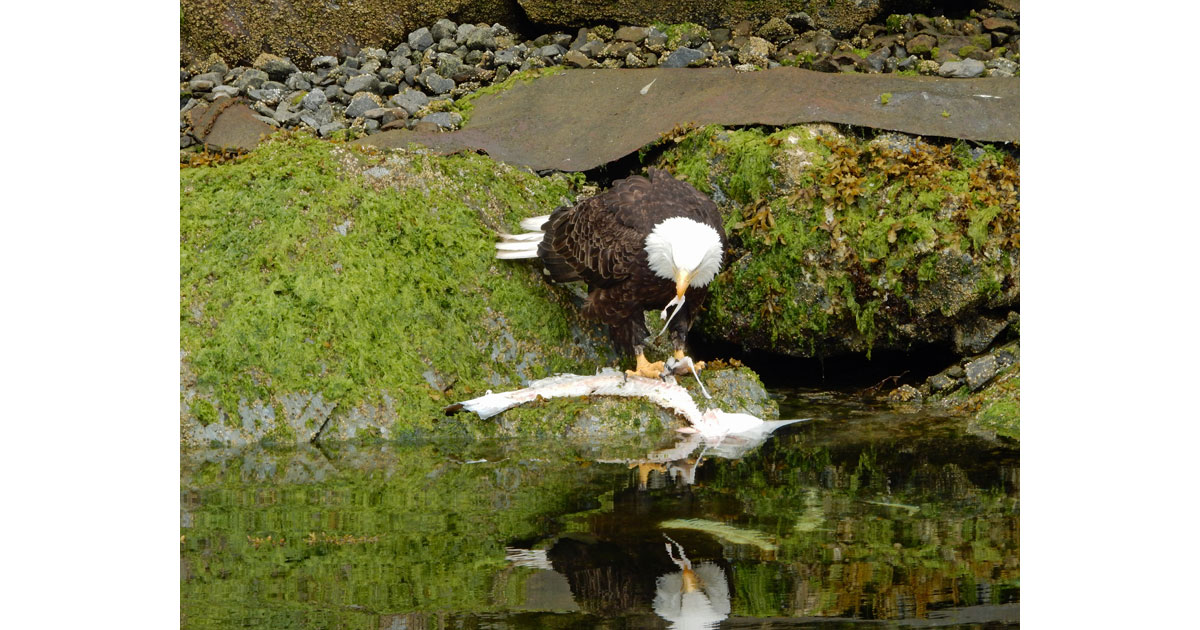
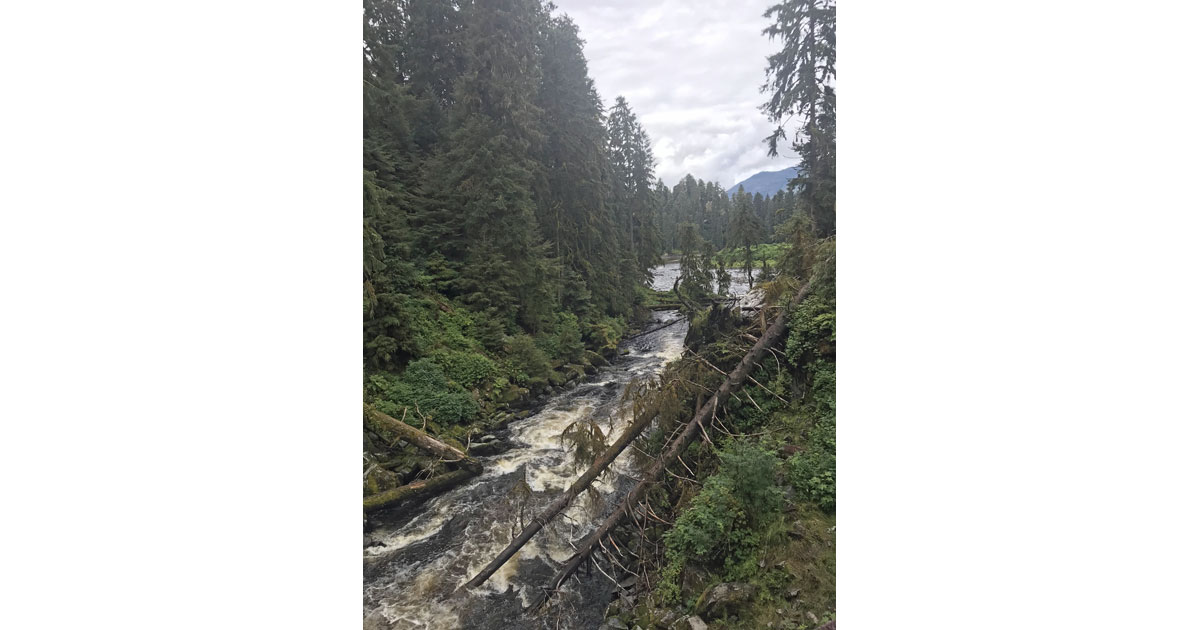

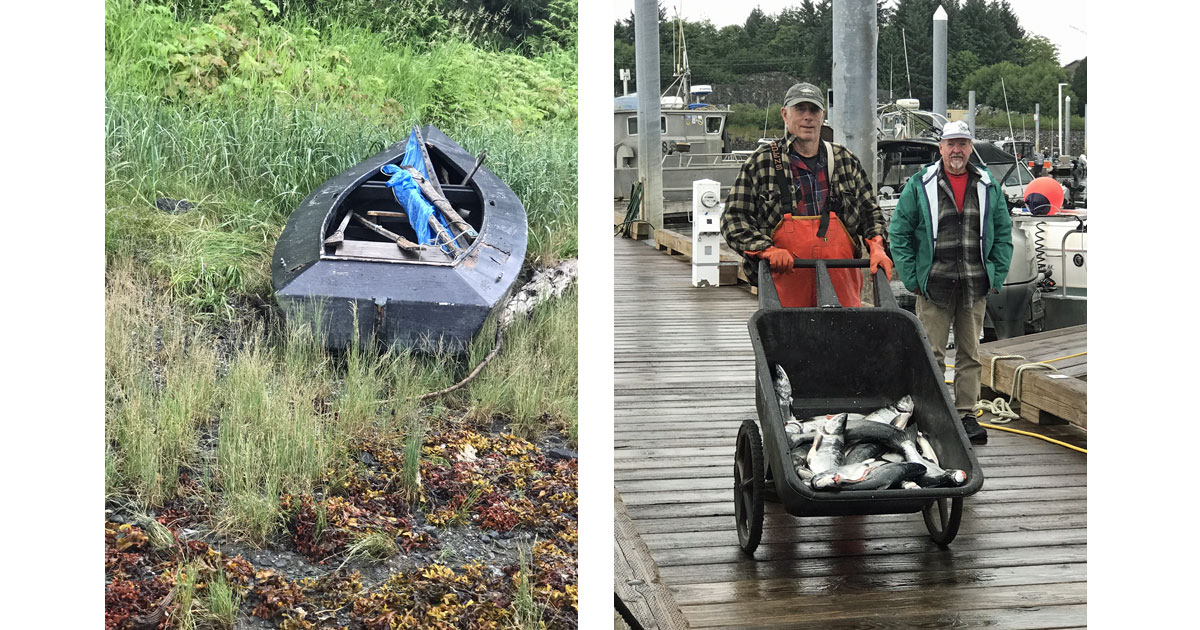
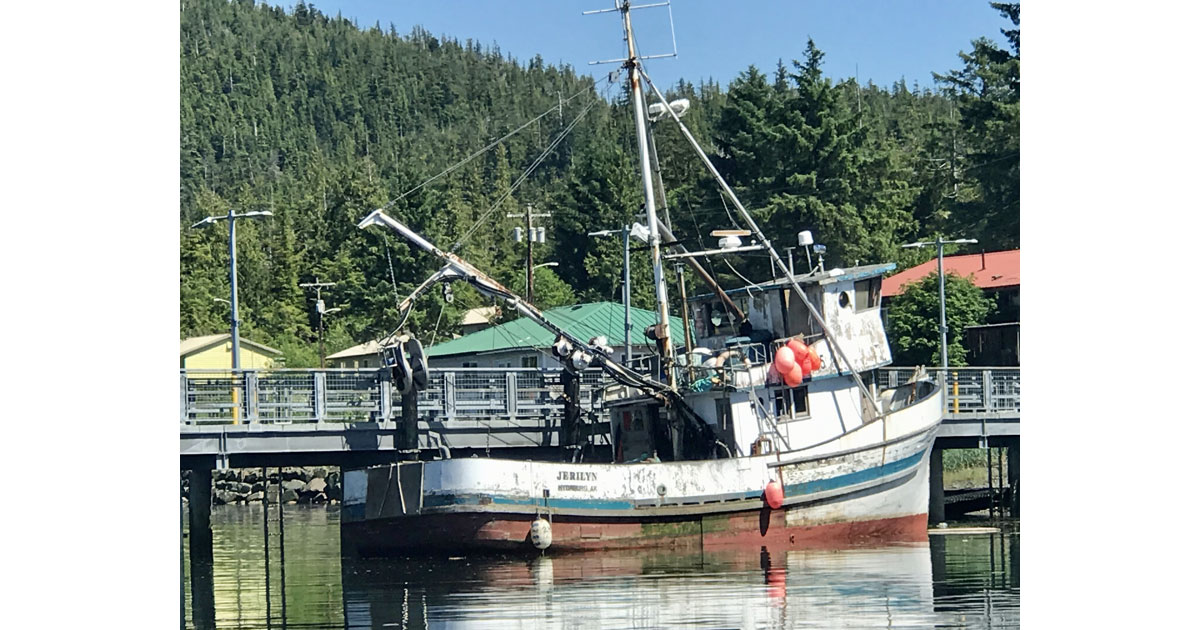


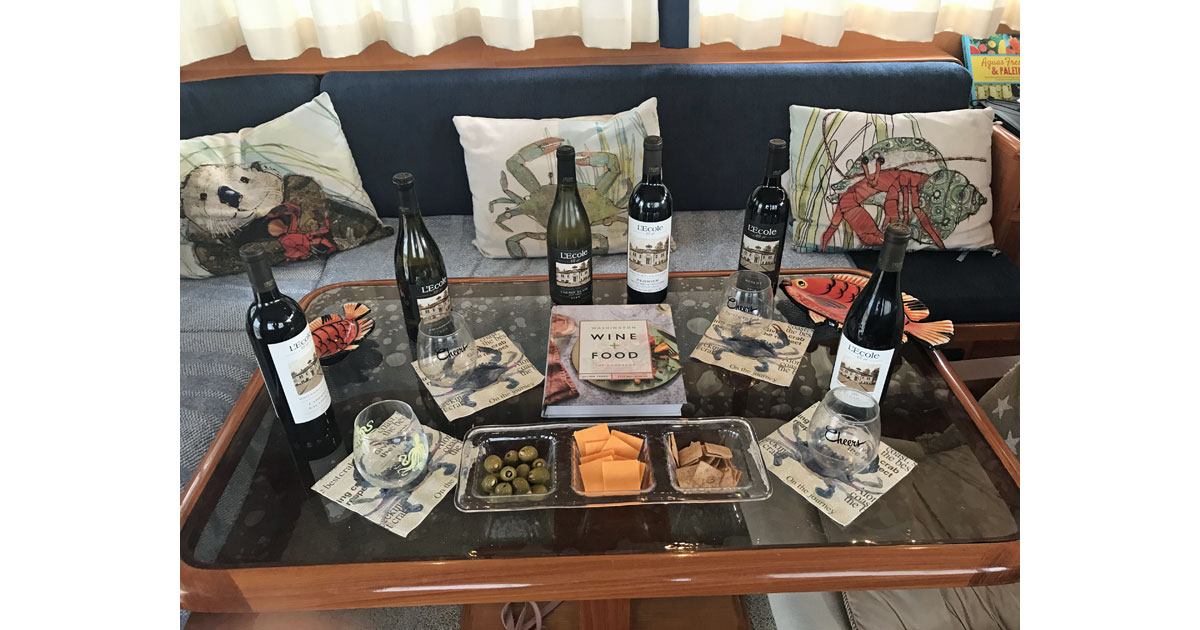




Leave a Comment
You must be logged in to post a comment.